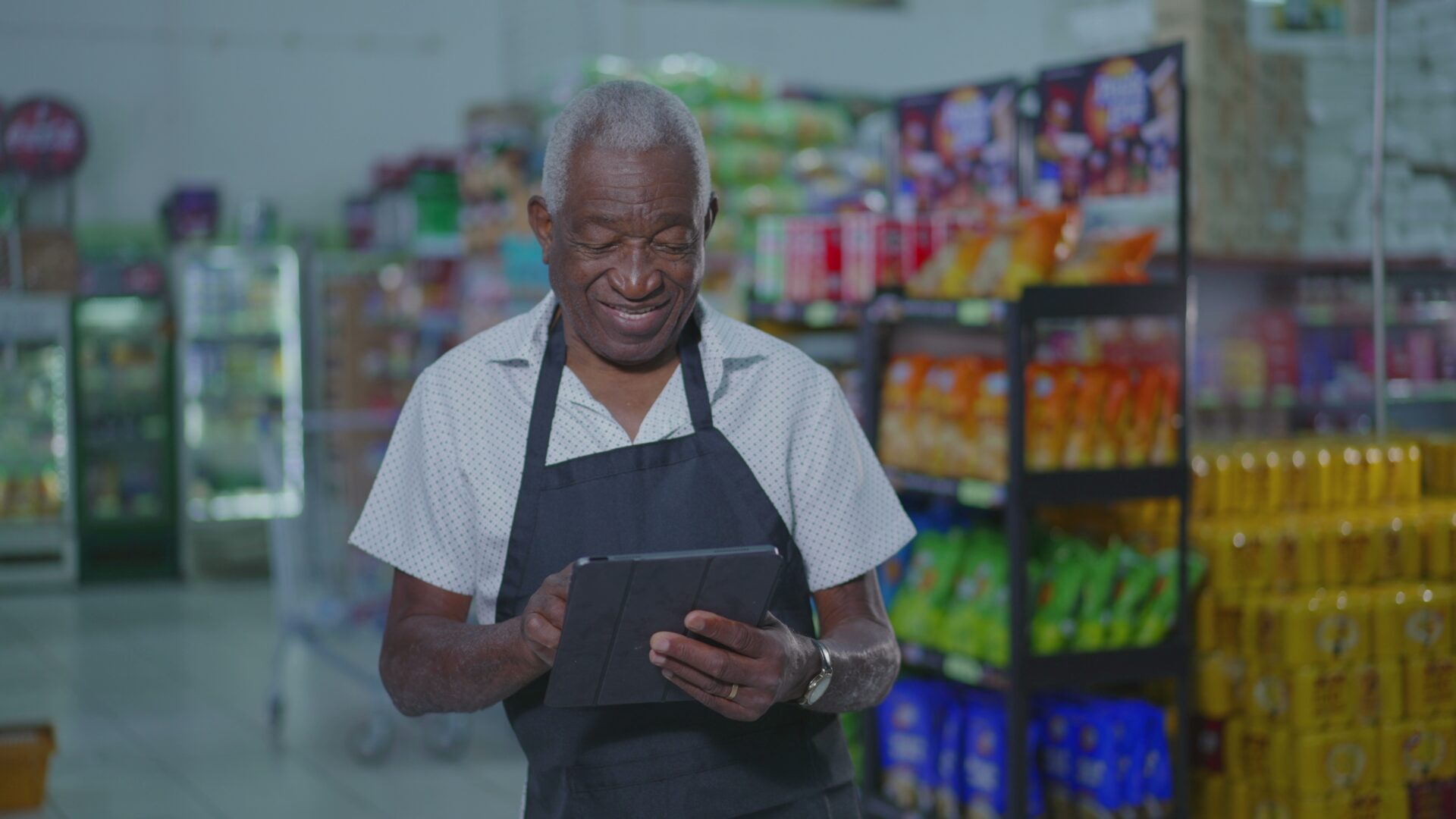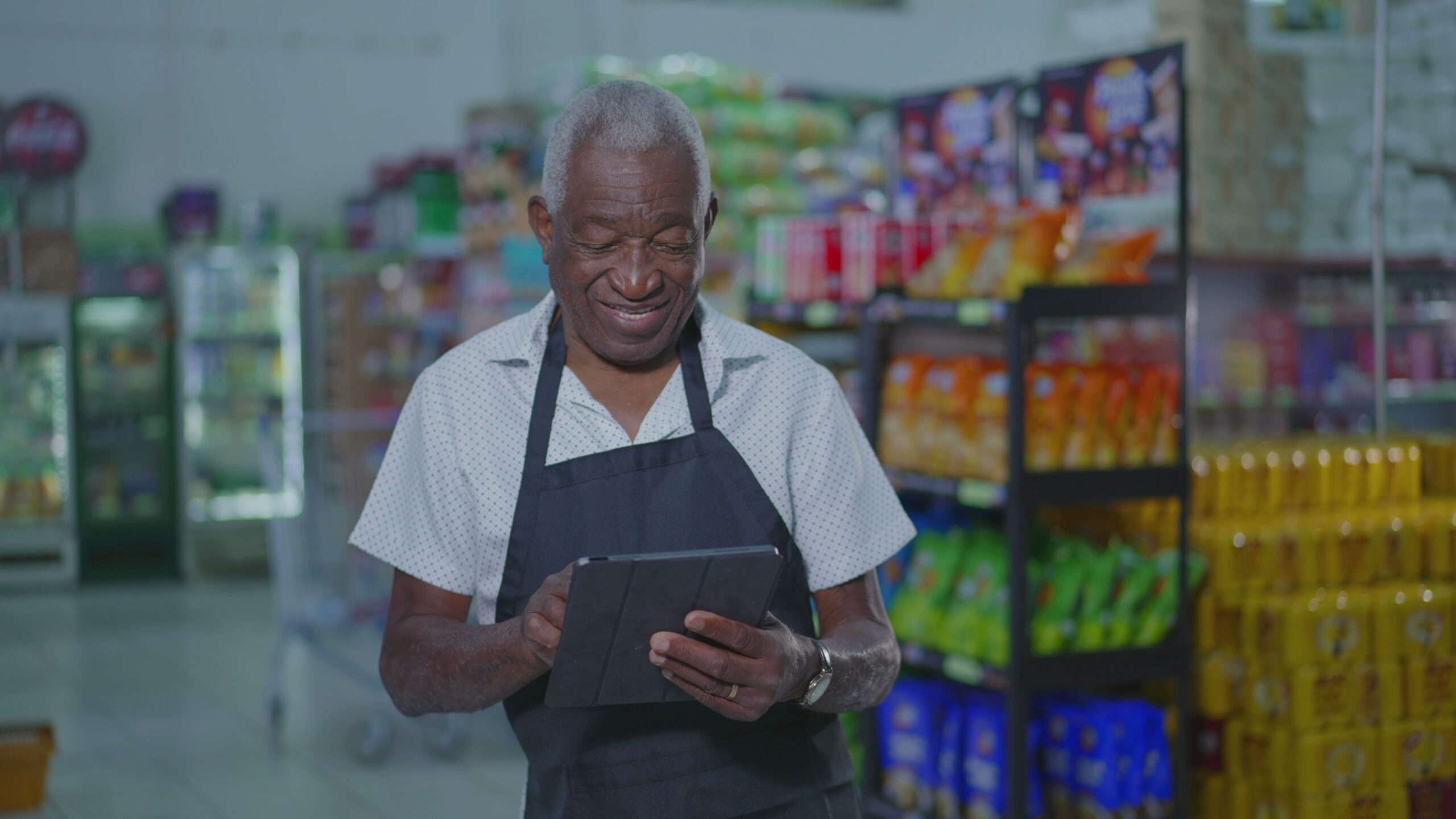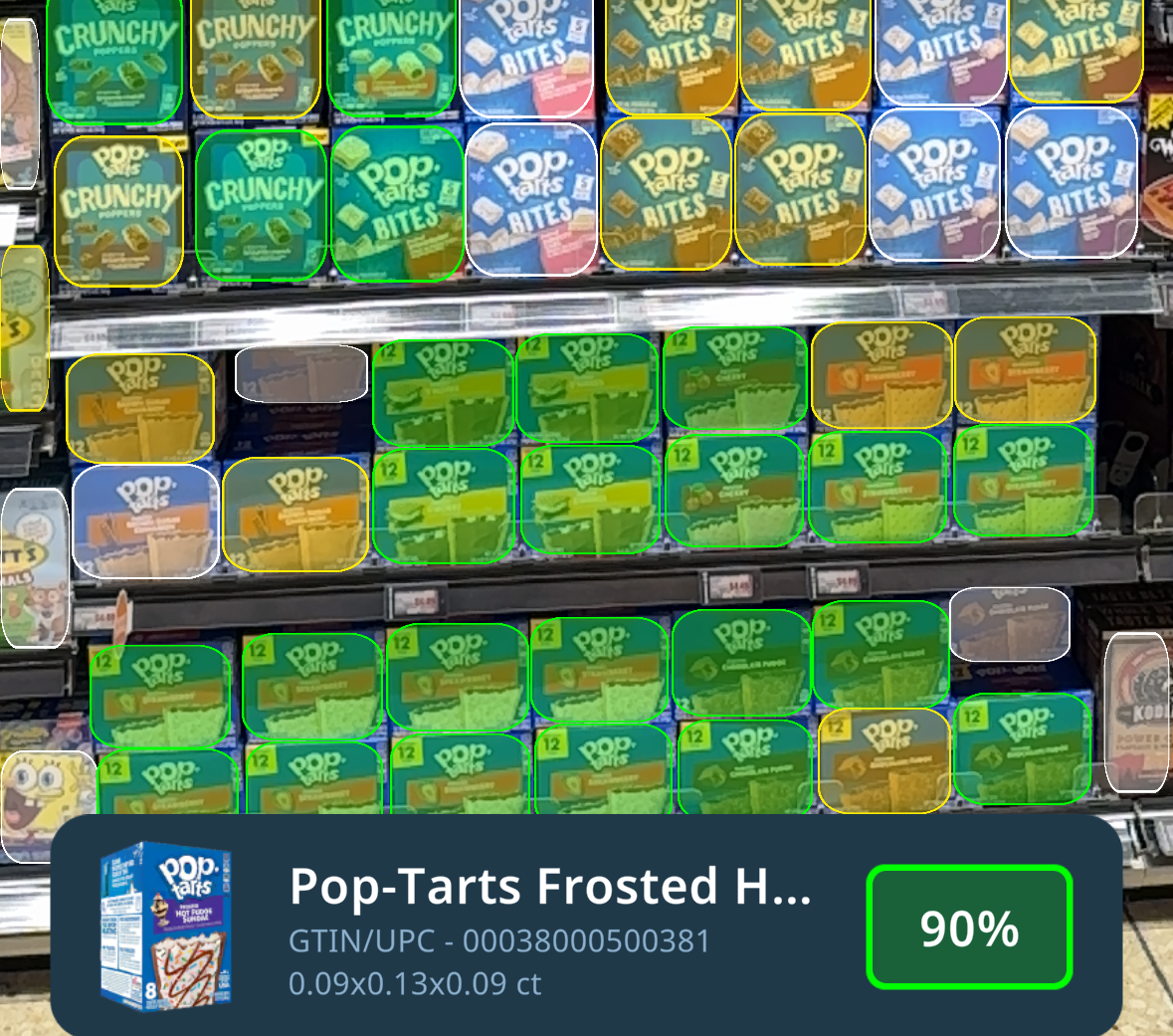Retail TouchPoints Q&A with Erin Feeney, Chief Product Officer, InContext.
Download the full 2023 Store Operations Benchmark Survey.
Retail TouchPoints (RTP): What are a few of biggest pain points faced by retailers and brands in today’s retail landscape?
Erin Feeney (EF): As we know, the business of retail is an ever-growing, ever-changing and ultra-competitive landscape. But when we look at some of the issues facing retailers and manufacturers, there are a few specific pain points that many in the space are trying to tackle in order to gain an edge.
One is just the rising cost of operations. While revenue might be up for many, revenue doesn’t equal profits. Companies are struggling to maintain profitability when the costs of labor, transportation, supply chain logistics, employee retention and inventory management are at an all time high.
Going along with that, as this survey aims to understand, there’s the issue of inefficiency. Retailers and brands have to think about how they can work to become more streamlined in their day- to- day operations, which helps address the rising cost issue above.
And lastly, just the changing customer. The ways in how customers find products, interact with brands, and shop continue to change as technology changes. When Tik Tok is how many people learn about new products, CPGs and retailers need to start thinking differently.
RTP: What are the most interesting ways retailers and brands are trying to adapt?
EF: Obviously, emerging technology has become a huge part of how we can tackle some of these issues. Some are pretty standard: many retailers and brands are expanding their online presence and improving their e-commerce and omnichannel experiences. But the ways in which they are doing this are getting very cool.
Personalization is a huge tool for bringing awareness and engagement to the shopper. Companies are increasingly using data analytics and AI-driven technologies to understand customer preferences and offer personalized shopping experiences. Personalized product recommendations, content, and promotions are becoming more common. Technology like augmented reality helps consumers shop online easier, while virtual and mixed reality experiences are being leveraged by some of the biggest brands like Nike and Ulta.
From a store planning and operations point of view, forward thinkers in the space understand that technology such as virtual reality, augmented reality are not just consumer-facing. Digital twin technology has become a fast, cost-effective way to gain insight into shopper behavior and preferences, and visualize in-store concepts. Augmented reality is a tool we provide to help field sales teams better sell in displays and marketing collateral to retailers, or as a way to validate and verify planogram implementation from HQ down to the store level.
RTP: Tell us what you think are the fastest growing tech solutions in this space?
EF: Artificial intelligence is growing exponentially. While there is still quite a bit of trepidation and uncertainty with the technology as a whole right now, when it comes to retail efficiency, AI has already proven to be a game-changer in retail. Robotics are helping with inventory management, while automated fulfillment centers are becoming more common for online orders. This improves efficiency and reduces labor costs. Down the line, we see AI as a way to help facilitate faster and more accurate shopper insights.
But, I see augmented reality as the real star of the show. I think it will soon be ubiquitous when it comes to many facets of retail. AR in retail refers to the overlay of digital information and virtual elements into the physical shopping experience or store space. It’s intuitive, impactful and only requires a mobile device to use, which is something we all have within reach 24 hours a day.
RTP: Let’s talk more about AR. How does augmented reality benefit retailers?
EF: Augmented reality benefits retailers in several ways. It provides an interactive and immersive shopping experience for consumers. I mean, it’s fun! It’s also helpful. How many of us have used AR to place a new piece of furniture to see how it will look and fit? AR can be used to navigate the store, or for interactive marketing campaigns. There’s a ton of potential when it comes to the uses of AR for consumers, which then translates to better brand recognition and loyalty.
But it’s also changing retail execution strategies. InContext’s AR app, SMX GO, helps retailers and field teams to better visualize in-store marketing displays and signage. They can easily swap out displays to see what will fit and look best. They can overlay planograms to verify accurate execution, and determine what might be out of stock or placed incorrectly. New planograms can be sent down from HQ directly into the app, and accessed by the field sales associate while in the store. By eliminating errors and moving faster, AR is helping companies drive incremental revenue.
RTP: What is the future outlook for augmented reality in the retail industry?
EF: It’s very promising. We’ll see wider adoption, more advanced features and better visualization, seamless integration with e-commerce, and it will provide valuable data-driven insights into customer behavior and preferences. AR has the potential to reshape the retail landscape.
Download the entire 2023 STORE OPERATIONS BENCHMARK SURVEY here.





